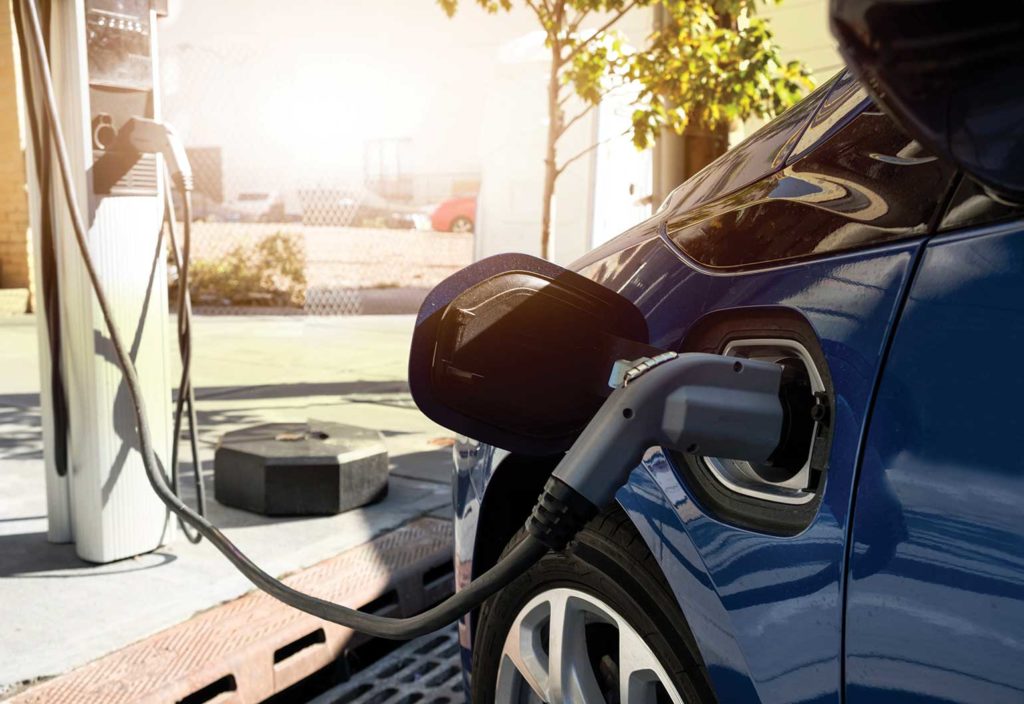The COVID-19 pandemic has amplified the competing needs engineers around the world must take into account when working on the sustainability of cities, writes Hannah Richardson MIEAust CPEng, Director, Traffic and Transport Engineering, PSA Consulting.
Some of the things we’re seeing locally, such as pop-up lanes and pop-up parks, are a result of the community having more of a voice and continuing to want more of a voice.
That is a positive thing for the engineering profession, because our role, as civil and transport engineers in particular, is to design cities for people.
To mark World Engineering Day for Sustainable Development (4 March), we asked change-makers how engineering is shaping our lives.
Having a good grasp on what people want can really help us do that, rather than to make assumptions based on what we think people want.
As engineers, we’re naturally quite risk averse.
So, while trialling something like a pop-up cycle lane is not a new concept, it can be a scary venture because a trial, by its very nature, has no pre-defined outcome. It is designed to test whether something improves liveability for people within the city we are designing for.
The sustainability and liveability of cities of the future, then, relies on engineers being able to engage with communities and allowing people to have a proper say around what they want.
This is more difficult than it sounds, because in communities everywhere in the world there are competing needs.
While safety remains paramount, by taking into account various needs, we’re motivated to advance and innovate, reduce congested transport corridors, and to create more green spaces, more choice, and greater liveability.
As weather patterns change, there will also be new competing needs. For example, what is the point of a three-metre-wide verge for a footpath if you haven’t got any trees? People using a footpath in Queensland will be under the blazing sun, and nobody wants to be in that space.
So there are competing needs for services, for people, for greenery and for land uses. There also still needs to be safety and standards.
Trials and pop-ups, meanwhile, push the boundaries of these things while also forcing the engineering profession outside its own comfort zone.
Engineers want to be certain something will be safe, especially from a road safety perspective. Such experiments are not unsafe, but as they haven’t been tested before, we cannot be entirely sure of the outcome.
As the community voice becomes louder, we’ll need to get used to that slight level of uncertainty and build it into our processes.
In many cities around the globe, for example, there is a major push towards e-mobility, involving everything from electric cars and buses to micro-mobility options such as electric bicycles and e-scooters.
These services expand an inner-city area, in which alternative transport is an option; it becomes easier and faster to use a shared scooter, for example, than to take a bus, taxi or car.
Electric bicycles and e-scooters are also becoming viable alternatives to a second car, which is why the e-bike market is exploding right now. In Brisbane, councils are beginning to put in e-bikes as part of their existing bike hire schemes.
As electric vehicle technologies continue to improve, we’re seeing freight improvements too, meaning lower emissions from freight vehicles.
Plus, there are drone delivery tests in cities such as Canberra, which take more vehicles off the road.
Anything we can do to take freight vehicles out of city centres is going to improve liveability and safety and will improve the likelihood of people using alternative modes of transport, such as bikes.
Sustainable cities are a choice, particularly around mobility needs for various people. I believe we’ll see fewer cars and more space for people, so there will be less parking and more cycleways and walkways, fewer carparks and more green spaces, fewer parking meters and more trees.
Today, almost all streets and roads are ruled by cars.
In the near future, however, different streets and roads will have different functions. As a result, safety and choice will be much improved.
All of this will be achieved by engineers listening to the community about what it wants and educating the community about what is possible.
That conversation is the single most important aspect. We can’t design a sustainable community without listening.
